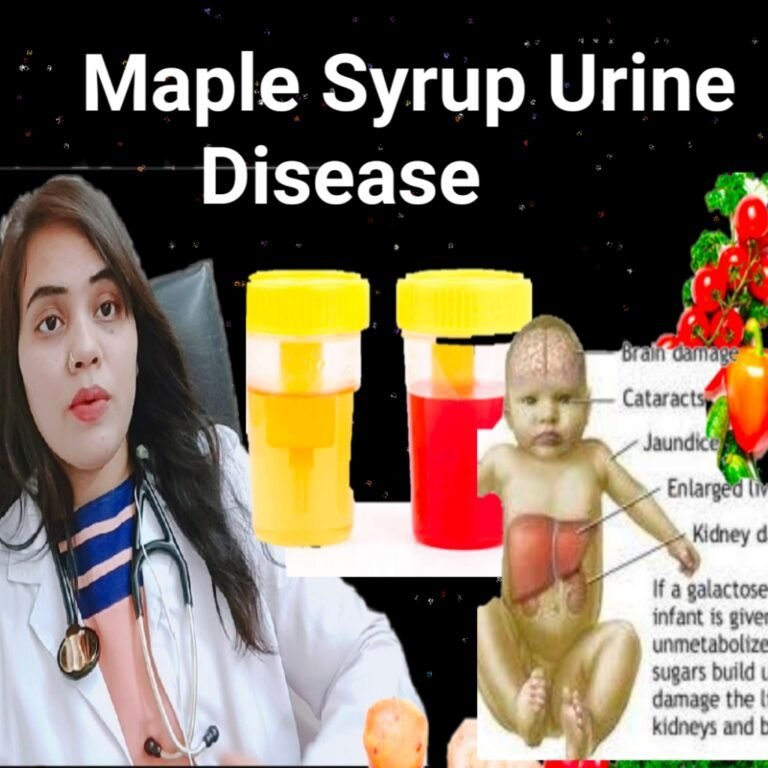

My supply is dwindling every day, and I am scared,' she says. It started when the FDA closed down an Abbott plant in Michigan over poor sanitary conditions 2001, 276, 40241≤0246.The formula shortage has left many shelves across the country empty. There is still a long road, however, between in vitro success and human treatment. They found that, in vitro, the compound returned some function to the BCKD complex. David Chuang and his group at the University of Texas South western Medical Center (Dallas) recently applied TMAO to the problem of MSUD. TMAO is a natural osmolyte and has been shown to facilitate the correct folding of a variety of disease-related proteins. A few of the MSUD mutations cause subunits of the BCKD to be misfolded, inhibiting complex formation and normal function. Although the mother must avoid excess BCAAs, the disease-free fetus may be compromised by the apparent deficiency.Ī new treatment, however, may be forthcoming in the form of a compound isolated from sharks and rays, trimethylamine N-oxide (TMAO). This treatment, however, has led to the problem of MSUD mothers, in which a woman with the disease becomes pregnant. Therefore, MSUD patients must ingest special formulas that limit their dietary intake of BCAAs, and because the severity of symptoms varies greatly from person to person, diets must be carefully tailored. One way to limit -ketoacid buildup is by eliminating the problem amino acids from the diet, but they are three of the essential amino acids. Several efforts have been undertaken to add MSUD to the list of diseases for which newborn infants are regularly checked, but in the United States this process is largely state-dependent.īecause the pathology of the disease is poorly understood, little has been accomplished in the development of preventive treatments. Thus, it is critical that the disease be caught early by a simple blood test to determine the serum levels of the BCAAs and their respective -keto acids. Unrecognized and untreated, the disease leads to vomiting, seizures, coma, and sometimes death. MSUD has been divided into six severity classes (Ia, Ib, II, III, IV, and V), which largely depend on which BCKD subunit has been mutated and the identity of the mutation.Īs indicated above, the early symptoms of the disease include lethargy and a loss of appetite within the first few days after birth as the infants go into ketoacidosis. These genes encode for some of the proteins involved in the mitochondrial multienzyme complex branched-chain -ketoacid dehydrogenase (BCKD). The disease is inherited as an autosomal recessive disorder, but where this would normally imply that it is caused by the mutation of a single gene, MSUD can arise from mutations in several genes. The disease has an incidence in the United States of ~1/200,000. A buildup of -ketoacids during amino acid metabolism can be dangerous to a newborn infant. In fact, the isoleucyl ketoacid gives the urine its distinctive odor and the disease its name.īranched-chain amino acids. Something is wrong.įirst characterized in 1954 by John Menkes, the pediatrician who later described Menkes disease (see Modern Drug Discovery, Aug 2001, p 80), maple syrup urine disease (MSUD) is due to a disruption in the metabolism of the branched-chain amino acids (BCAAs)leucine, isoleucine, and valineand the resulting buildup of -ketoacids.

And the odor that you first put down to that new baby smell has taken on the tang of maple syrup.

Likewise, the baby that once kicked imaginary soccer goals now lies quietly in her bassinet. At first, you were happy that the feeding cycle was longer than the typical four hours, but the baby just does not seem hungry. In a few days, though, things start to change. Its a girl. You quickly scan to see that the baby has all the requisite fingers and toes, and look to see whose nose hers looks like. ∼ongratulations, says the nurse as he hands you the wriggling bundle.


 0 kommentar(er)
0 kommentar(er)
